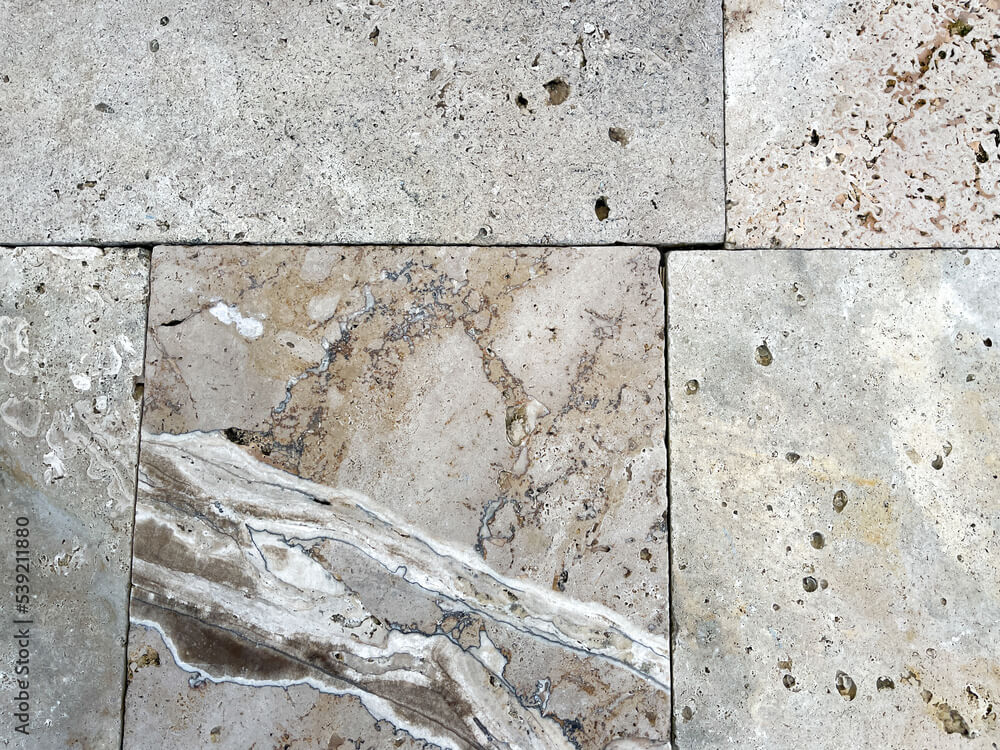Proper sand compacting techniques are crucial when installing a paver deck, as they play a significant role in ensuring the stability, durability, and overall appearance of the finished deck. Compacting the sand provides a solid foundation for the pavers and helps prevent issues such as settling, shifting, and uneven surfaces over time. Here’s why proper sand compaction is important:
- Stability and Load Distribution: Compacted sand creates a stable and uniform base for the pavers. This even foundation helps distribute the weight and load of foot traffic, vehicles, and other loads more evenly across the deck’s surface. This prevents individual pavers from sinking or tilting, which could lead to an uneven and potentially unsafe deck.
- Preventing Settling: Adequate compaction reduces the likelihood of settling over time. Settling occurs when the sand beneath the pavers compresses under the weight, causing the pavers to sink into the ground. Properly compacted sand minimizes this settling, preserving the deck’s level and flat surface.
- Reducing Shifting: Without proper compaction, loose or inadequately compacted sand can shift or move beneath the pavers, causing them to shift as well. This shifting can lead to misaligned pavers, an uneven surface, and an unattractive appearance.
- Preventing Weed Growth and Erosion: Compacted sand creates a dense barrier that helps prevent weed growth between the pavers. It also reduces the likelihood of erosion, as the compacted particles are less prone to being washed away by rain or water runoff.
- Minimizing Trip Hazards: A well-compacted base ensures that the pavers are level with each other, reducing the chances of creating trip hazards due to uneven surfaces. This is particularly important in areas with high foot traffic.
- Longevity of the Paver Deck: A properly compacted base increases the longevity of the paver deck. By providing a stable and well-anchored foundation, the pavers are less likely to shift, crack, or break over time.
To achieve proper sand compaction, consider the following steps:
- Preparation: Start with a properly prepared base that includes appropriate excavation and grading to ensure proper drainage. A well-prepared base will facilitate even compaction.
- Type of Sand: Use the right type of sand for the job. Generally, a coarse-grained sand with angular particles is preferred for paver bases.
- Layer Thickness: Spread a uniform layer of sand over the prepared base. The thickness of the sand layer will depend on the size and type of pavers being used.
- Moisture Control: Slightly dampen the sand with water before compacting. Moist sand compacts better than dry sand. However, avoid over-watering, as excessively wet sand can hinder proper compaction.
- Compaction Equipment: Use a mechanical compactor or a plate compactor to achieve proper compaction. Compact the sand in layers, gradually building up the thickness.
- Check for Level: Periodically check the level of the sand as you compact it. Adjust as needed to ensure a consistent and level surface.
- Final Grade: Once the sand is properly compacted, the surface should be smooth and even, ready for the paver installation.
By following these steps and paying attention to proper compaction techniques, you’ll create a solid foundation for your paver deck that will enhance its longevity, appearance, and functionality.












